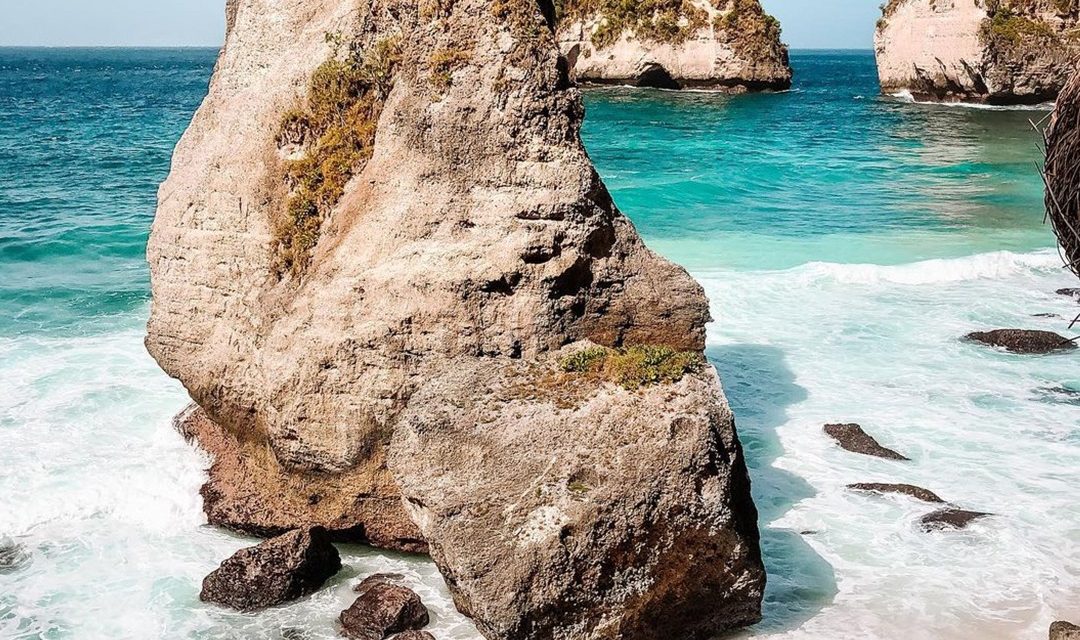Ah, Bali! The mere name conjures images of stunning rice terraces, vibrant sunsets, and the soothing sound of waves kissing the shore. But beyond its breathtaking landscapes lies a rich tapestry of culture and tradition that bursts into life through its myriad of festivals. If you’re anything like me, you’d want your travel experience to be more than just sunbathing on tropical beaches. You want to dive into the heart of the culture. So, let’s talk about the best time to visit Bali for cultural festivals and how you can immerse yourself in the island’s vibrant heritage.
Why Festivals?
Attending a festival is like stepping into a time machine that transports you into the soul of the local culture. From colorful processions to traditional dances, Bali’s festivals offer an authentic glimpse into the island’s customs and beliefs. The energy is infectious, and experiencing it firsthand can be transformative.
I found myself in the midst of the Nyepi Festival, the Day of Silence, a few years back. I’d heard about it, but nothing could prepare me for how riveting yet serene it would be. The day prior, the island was alive with vibrant parades featuring towering Ogoh-Ogoh (demonic effigies) that reflected Balinese artistry at its finest. Watching the locals carry these massive structures through the streets, chanting and dancing, sent chills down my spine. There was an undeniable sense of community, and I felt fortunate to witness such a sacred moment.
Balinese Calendar: Festivals and Highlights
The best time to visit Bali for cultural festivals really depends on the Balinese calendar. Most festivals are determined by the lunar calendar, so the dates shift from year to year. Here are some major festivals to consider:
1. Nyepi (Day of Silence)
When: March (dates vary)
Nyepi is perhaps the most unique cultural experience in Bali. The island essentially shuts down for a day of silence and reflection. The night before is a riot of color and sound with parades and the burning of Ogoh-Ogoh. On Nyepi day, however, no one is allowed to leave their homes. It’s a beautiful time for introspection, but make sure you’re prepared—the quiet can be a bit jarring if you’re not ready for it!
2. Tumpek Sewa
When: Usually falls every 210 days; check the lunar calendar.
Tumpek Sewa is a festival celebrating trees and plants, where offerings are made to thank the gods for providing wood and fruit. It’s a more low-key celebration compared to the others, but the beauty of the offerings is something to behold. Imagine witnessing locals decoratively wrapping saplings in colorful cloth and adorning them with intricate offerings. It’s an excellent time to explore local customs and perhaps even join in the festivities.
3. Galungan and Kuningan
When: Every 210 days, Galungan lasts for 10 days, followed by Kuningan on the last day.
This is a spirited celebration where the Balinese honor their ancestors. The streets come alive with colorful decorations, and you can see families visiting temples and making elaborate offerings. I vividly recall walking through the streets during Galungan when a local family invited me to partake in their festivities. Stuffed with delicious homemade dishes and surrounded by laughter, it was truly a heartwarming experience.
4. Omed-Omedan (Kissing Festival)
When: Day after the Nyepi celebrations, varies each year.
If you’re looking for something a bit more lively, Omed-Omedan is the festival for you. In the village of Sesetan in Denpasar, unmarried young adults participate in a playful water fight. They’re literally pulled to the center of the village and encouraged to kiss each other while being doused in water! It’s a festive atmosphere filled with laughter, and while it may feel a bit chaotic, it’s one of those uniquely Balinese experiences that you’ll cherish forever.
Tips for Enjoying Bali’s Festivals
1. Check the Calendar: Before you schedule your trip, check the dates of festivals online. You don’t want to miss out on a cultural celebration!
2. Local Etiquette: Dress modestly, especially when visiting temples. Sarongs are usually provided at temple entrances, but having your own is always a good idea. It’s a sign of respect to the culture.
3. Get Involved: Don’t just be a spectator; engage with locals. They often welcome tourists with open arms and are happy to share the significance of their traditions.
4. Stay Hydrated: Festivals can get crowded and hot, especially when you’re milling about. Carry water and stay hydrated while enjoying the festivities.
5. Embrace the Unexpected: Festivals like Nyepi may involve serious cultural practices that feel strange at first, but remember it’s all part of the experience.
Final Thoughts
Bali is a sweater of traditions, each thread representing a rich culture waiting for you to discover it. Time your visit to coincide with these cultural festivals, and you’ll leave with stories, connections, and maybe even a new perspective on life.So, grab your calendar and start planning! Whether you find yourself swept up in the vibrant colors of the Galungan celebrations or enjoying the peaceful silence of Nyepi, I promise you it will be an experience you won’t soon forget. And who knows? You might just find yourself another personal story to tell, just like I did. Happy travels!






